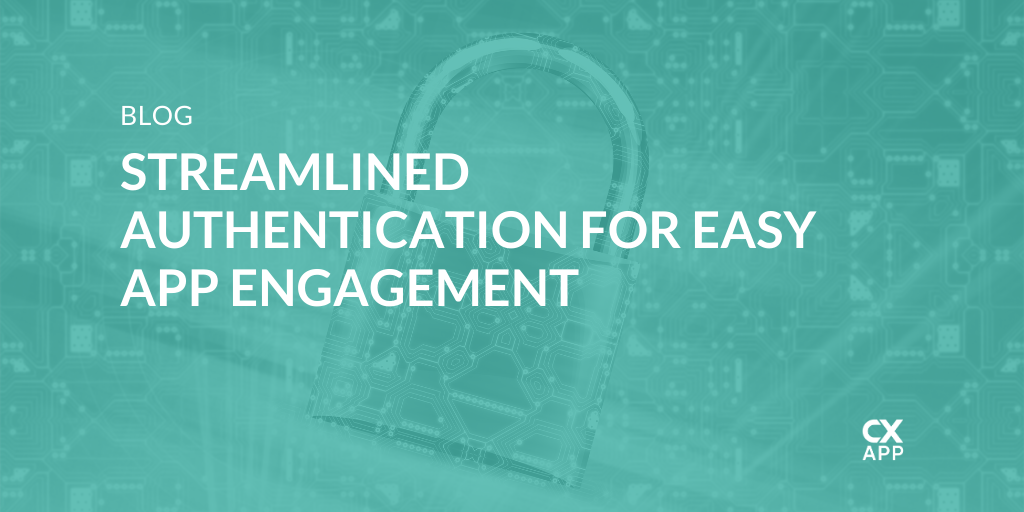SSO or single sign-on is an access control method that allows users to participate on a variety of platforms using a single profile or account. It’s possible thanks to a centrally connected system that merges various configurations and platforms. The best example is the Google sign-in or Facebook sign-in feature you see on most websites and mobile apps, where you log in once and any other instance of that platform or program you “open” drops you into an active session
That is a more consumer-friendly version of SSO, which allows users to login to a service, app, or piece of software with a single account, using the same password across all services. Obviously, this creates a frictionless ecosystem and makes it easier for users to gain access to profiles even across devices and platforms.
Most high-profile companies that work with sensitive data employ SSO practices. The obvious reason is to keep security tight so that users don’t have to remember multiple accounts, profiles, and passwords. They don’t get misplaced, they don’t get shared and there’s fewer risk of accounts being compromised.
While SSO is a cross-platform feature that can be used for many devices including desktop, the next wave is incorporating it into mobile-first strategies.
On Mobile, Password Management Is a Problem
Mobile platforms, apps, and software continue to proliferate daily even within corporations. The more barriers to entry that are introduced, the more productivity suffers.
It’s a challenge for any organization embracing the digital age to deploy proper authentication tools, especially to preserve cross-platform symbiosis. Mobile, is one platform that suffers the most from this.
This is only exasperated by the fact that you must spread your workloads, systems, and interactions across a handful of mobile apps and tools. As convenient as it would be, there is just no single platform that can do absolutely everything you need it to. Maybe some applications that can do *most everything, but not all. There’s simply no avoiding the need for multiple tools, apps, and services.
But, we can make it a little simpler, a little more straight forward, and a little more seamless. A good first measure for a lot of companies is to coordinate the login and sign-on journeys across devices and program with a secure Single Sign-on or SSO procedure.

Benefits of SSO for App Sign-On
1. Improved Workflow and Productivity
As they say, time is of the essence. If you want to be a stickler, then time is money.
The more time your team spends trying to logon to apps the less time they spend working. That’s if they can even remember the accounts and passwords associated with those services. If they forget or have trouble logging-in, they’ll need to activate the password reset process which can take even longer.
A single sign-on provides better workflow enablement experiences across the board. It’s a convenience that your team will surely welcome, and one that can help boost that bottom line.
2. Encourages Users to Rely More on Enterprise Apps and Services
The concept behind this benefit is simple. If your login experience is frustrating and tedious, you’re going to avoid using the related apps and services as much as possible. If it’s painless, then you’re going to turn to said apps more often when you need to get something done.
60% of employees use mobile devices and apps for work-related activity, but getting to full adoption rates will grow with ease of use, coordinated content, and simplified user flows.
3. IT Has Less Work and Troubleshooting to Worry About
Your IT support crew is responsible every single time one of your other team members have trouble with an app, service, or piece of software. Do you want to waste resources on helping people gain access to accounts and profiles, or would you rather IT spend their time elsewhere?
With single sign-on, they don’t have to worry about managing multiple identities for each employee, not to mention the authentication process is much simpler for them to troubleshoot. That’s not even including basic security and vulnerabilities. Finally, it allows for more efficient internal communications especially when it comes to requesting help with something.
4. It Makes Cloud and Remote Access so Much Easier, and Safer
Consider for a moment how cloud computing and remote access services work. The goal is to offer a single, seamless user experience no matter where you are logging-in. For that reason, as soon as a user has been given access to a particular system, that’s it, they’re in. That access alone entitles them to connections across a variety of apps, experiences, and APIs.
You can see this when you sync your Dropbox or Google Drive account to a variety of apps or in-app social networking via Facebook, Twitter, Instagram, etc.
A single, secure sign-on keeps everything locked properly between the right gate and affords you and your team the option to work from a mobile device or remotely from a computer at home.
This is big, because companies can gain an extra 240 hours of work per year from their employees thanks to mobile working.
5. Adding New Users Is So Much Easier
With a single sign-on new employees and team members have a simplified on-boarding process. You and your IT team don’t have to worry about assigning all necessary accounts, passwords and authorizations. New members can simply take advantage of the single sign-on to gain access to everything. You can provide them access - or revoke it - easily because they only have a single associated profile or account.
Mobile now has more authentication options than ever making use of fingerprint-scanning, facial recognition and even iris recognition thanks to advanced cameras. This allows for mobile to be one of the only platforms with a handful of biometric - and more secure - authentication methods than a standard password or pin.

SSO and the Customer Experience
From an enterprise and consumer level, SSO integration can offer many benefits, especially if you use a cross-platform system or network. More importantly, mobile users will benefit from a more streamlined authentication process.
With a growing mobile workforce and the emergence of the connected employee, a weightless approach to getting and getting into the apps that power engagement is critical for driving experiences with a mobile mindset.


